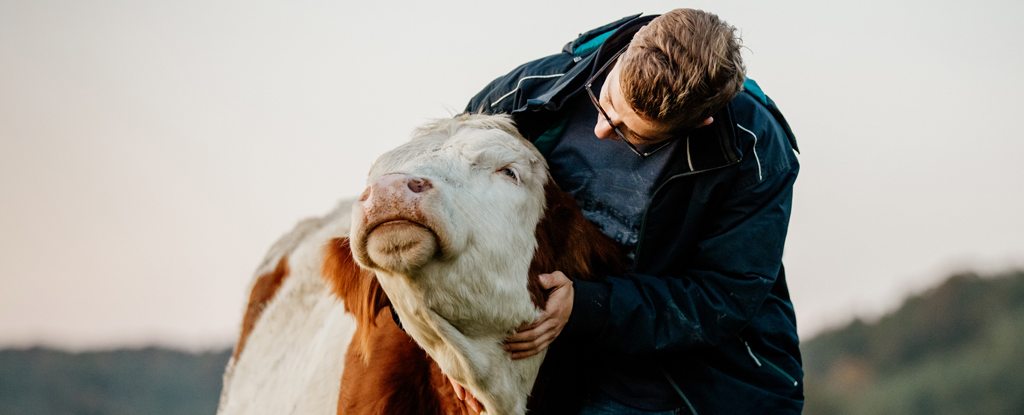As health authorities have suspected for some time now, bird flu is consistently being spread between mammals, increasing the risk of sustained outbreaks emerging among humans in the future.
“This is one of the first times that we are seeing evidence of efficient and sustained mammalian-to-mammalian transmission,” says Cornell University virologist Diego Diel.
The highly virulent B3.13 form of the H5N1 virus has already led to the culling of 90 million domestic birds in the US alone since 2022. The CDC says the risk to the general public from the H5N1 strain is currently low, with the 11 infected so far in the US reporting mild symptoms.
Yet a single confirmed death of a vulnerable person from the related H5N2 virus in Mexico serves as a stark reminder of the risks involved, should the pathogen evolve.
“The concern is that potential mutations could arise that could lead to adaptation to mammals, spillover into humans and potential efficient transmission in humans in the future,” explains Diel.
Concerns over H5N1’s potential are based largely on its talent for stealing genes from other influenza viruses, coupled with its ability to easily jump between different mammalian species. It has now been detected in mammals from the Arctic to the Antarctic, including polar bears, otters, squirrels, dolphins, elephant seals, Antarctic fur seals and goats.
“I don’t think we have a good understanding of the molecular reason why these viruses, with this combination of gene segments, with these mutations, now have this inherent ability of infecting many more species than in the past,” molecular virologist Daniel Perez told Will Sullivan at the Smithsonian Magazine earlier this year.
The strain causing the US dairy cow outbreak was first genetically sequenced from a Canada goose (Branta canadensis) in Wyoming on 25 January 2024. The goose was found along the Central North American migratory bird flyway. By 25 March 2024, cows in dairy farms across multiple states along that same flyway had contracted this version of the virus.
Genetic testing confirmed cow-to-cow spread occurred after apparently healthy dairy cattle were were transported interstate from an affected farm to a location far from the flyway. The genetic data also revealed multidirectional spread, with cats and a racoon becoming infected presumably after consuming raw milk from infected cows.
As seen previously, Cornell University geneticist Leonardo Caserta and colleagues also confirmed this strain prefers to invade mammary gland tissues, creating the highly contaminated, discolored and strangely textured milk.
Authorities worldwide are urging the public to maintain good hygiene when in environments with wild birds, including careful hand sanitation.
They’re also asking people to report sightings of multiple sick or dead birds (US, 1 866 487 3297; UK, 03459 33 55 77; AU, 1800 675 888). Signs of the disease in animals include drowsiness, lack of coordination, moving in circles, a head tilt and/or an inability to stand or fly.
Australia and New Zealand so far remain without reported cases of H5N1. But both countries are bracing for its inevitable arrival and the devastating impact it is likely to inflict across their unique arrays of wildlife. Australia is also currently in the midst of a mass poultry culling from H7 bird flus, causing widespread egg shortages.
The US has resorted to vaccinating California condors in order to minimize the impact on this critically endangered bird, but many other species will likely to need help as well.
Meanwhile, researchers are working hard to develop a human vaccine too.
In response to H5N1’s spread in dairy cows the USDA now requires dairy cattle to test negative for the virus before they can be transported into different states.
“These cases highlight the zoonotic potential of the virus underscoring the need for robust measures to prevent and control the infection and further spread of H5N1 in dairy cattle,” the paper’s authors write.
“This would reduce the risk of the virus adapting in this new mammalian host species, thereby decreasing the pandemic risk to humans.”
This research has been accepted for publication in Nature.





















Discussion about this post